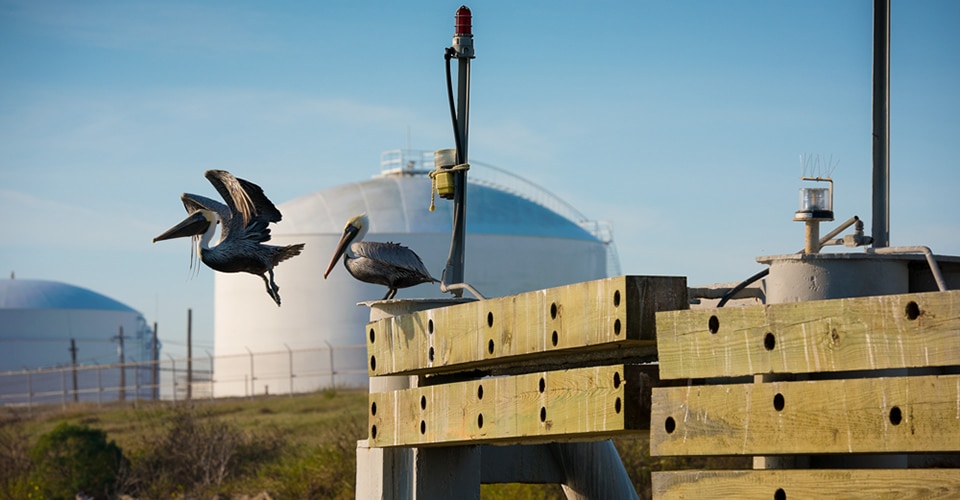
Continuous improvements on saving
energy and waste powered by
#TeamDow employees
Dow has long recognized that energy efficiency and conservation ideas can come from anywhere in the company.
Our Dow teams continue to find creative ways to optimize energy use and reduce waste, helping us advance our sustainability goals and save costs. In 2020, Dow was recognized with three American Chemical Council (ACC) Responsible Care® Awards for projects that minimized energy use and waste. Responsible Care awardees qualify based on exemplary performance and are selected by a committee of internal and external experts.
As an energy-intensive company, we are committed to advancing our energy efficiency and reducing emissions along the value chain. The business case for reducing energy and waste is simple: It saves costs, while also helping us advance our climate goals.
Driving energy efficiency at Dow
Over the years, we’ve created a company culture that is willing to continually find and reap opportunities for doing things more efficiently and improving our performance. Through our 2005 EHS Goals, our first set of 10-year sustainability goals, we saved 900 trillion BTUs – energy savings that could have powered 8 million single-family homes for a year. A primary reason for our sustained success in saving energy is we have instituted a comprehensive energy management system that includes Energy Efficiency & Conservation teams at the business and site level. An Energy Tech Center supports the efforts to manage energy in the most effective way through energy efficiency projects within Dow’s sites.
In 2020, two projects – an energy improvement project at St. Charles Operations in Louisiana and a steam optimization project at Texas Operations in Freeport – were among the ACC’s energy efficiency awardees.
- In Freeport, the Energy and Hydrocarbons teams worked across business lines to optimize the use of waste-heat from the furnaces of our world-scale TX-9 ethane steam cracker, so it can be used at two other Dow plants to help provide reliable steam while generating additional power. The project is an example of how we are closing the loop and contributing to a circular economy within our own fenceline by taking the waste of one process to become fuel for another. This efficient use of furnace waste-heat is helping us extract maximum value from our energy processes while reducing our carbon footprint. Overall, the project has saved $46 million and reduced carbon emissions by approximately 180,000 metric tons annually. This is equivalent to saving greenhouse gas emissions from 38,888 passenger vehicles for one year.
- In St. Charles, energy efficiency improvements made at the Dow Industrial Solutions amines and butanol plants were recognized for saving greater than 10% in overall energy savings across both plants. Process operations were analyzed and optimized to reduce energy consumption and utility costs, while the plants continued to meet their production goals safely and reliably.
In addition, a tin waste reduction project at our site in Knoxville, Tennessee, was recognized in the Waste Minimization category by the ACC. Process improvements eliminated sediment, significantly reducing metal waste and disposal costs. The project reduced the wasted tin by 40% and reduced the defect rate to 0%. A reduction in filtration required for packaging also greatly improved the cycle time of the process. The benefits from this project are valued at more than $400,000 per year.
Dow has long recognized that energy efficiency and conservation ideas can come from anywhere in the company. Our Waste Reduction Always Pays (WRAP) and Tech Center Awards program annually honors employees who have come up with ideas for reprocessing waste into raw materials. Since the inception of the awards in 1986, the winning projects collectively have saved trillions of BTUs of energy and reduced hundreds of thousands tons of waste for Dow. By continually innovating, our Dow teams are delivering environmental benefits for our communities while strengthening our competitive position.
Read more about our efforts to save energy and waste in our 2019 Sustainability Report.
Mary Draves, Chief Sustainability Officer and Vice President of Environment, Health and Safety





